Protocols around negotiating are specific to the local culture. Strategies that might be effective when haggling for a carpet in the souks of Morocco or Turkey could prove fruitless if used in the flea markets of France. Here are 5 tips for what works—and what doesn’t—when shopping the flea markets in France. These negotiation guidelines will come in handy whether you’re at the renowned “puces” (or fleas) in Clignancourt/Saint-Ouen and Porte de Vanves (Paris), or the Foire de Chatou (just outside of Paris), L’Isle-sur-la-Sorgue (Provence), La Braderie de Lille, or elsewhere.
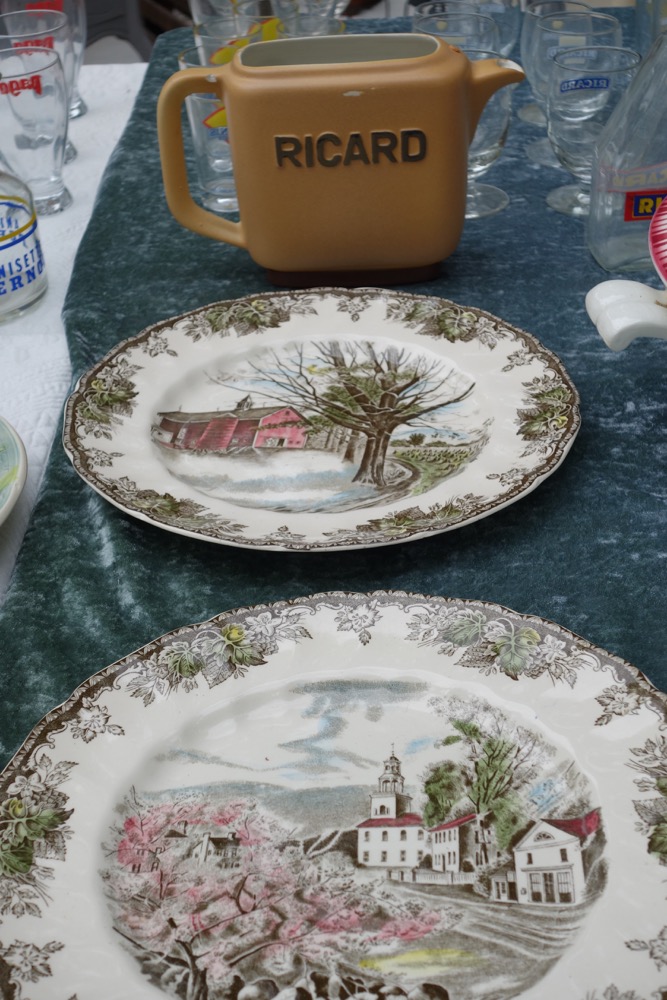
1) Set reasonable expectations. French flea market or brocante dealers are generally willing to consider a lower sum, but there isn’t tremendous leeway. My rule of thumb is to offer about 30% less than the asking price. The dealer will certainly say “Non” as if that’s out of the question, but then after a pause typically counter with a price which is slightly lower than their original. I give it another whirl, making a second offer between their price and my original proposal. After several rounds, I usually settle on a 10-20% discount. Both parties can feel satisfied. If you’re interested in more than one item, negotiating leverage will increase for the bundle.
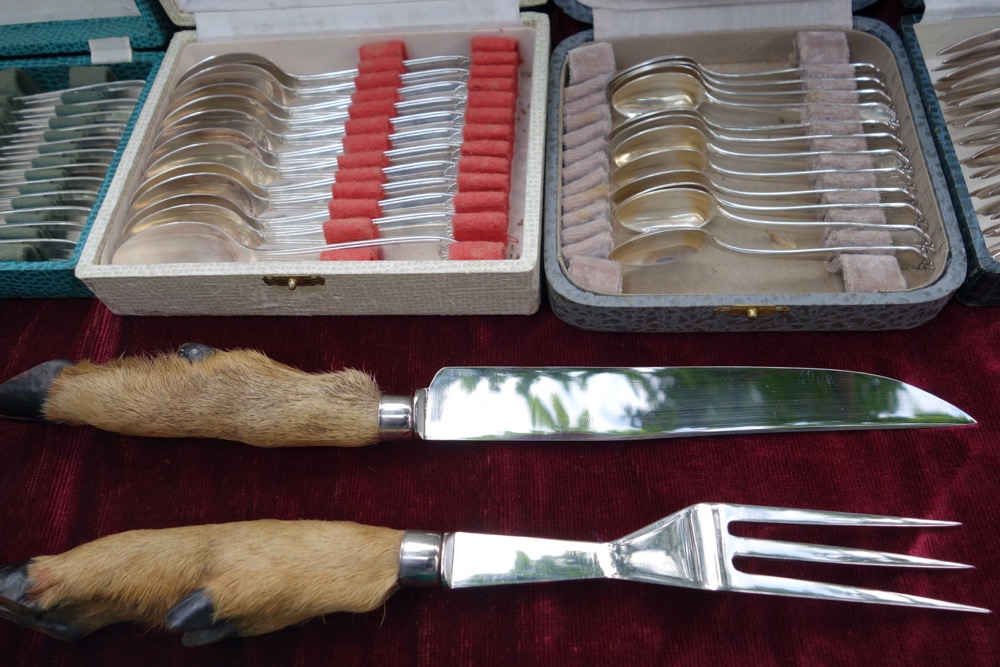
2) Use a gentle approach and respectful tone. Avoid a brusque style and never demand a particular price when negotiating in France. Flea market vendors will most likely regard it as insulting and offensive behavior. In general they would rather lose the deal than cave in to demands.
3) Inspect items before making the purchase. Minor flaws can add character, and items at flea markets are almost never in mint condition anyway. But don’t get so smitten that you forget to do your due diligence. Antique linens might be folded in such a way as to conceal stains. That armoire you’ve fallen in love with might be coated with shoe polish to cast an older look. The flaws might not dampen your interest, but courteously pointing them out might strengthen your negotiating hand.
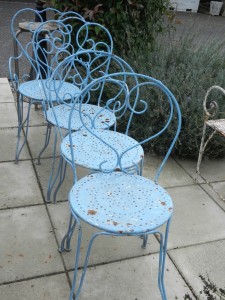
4) Come with cash. Cash offers more negotiating leverage than any other form of payment.
5) Engage with the dealer. Asking questions can help you learn more about an item and possibly get a sweeter deal by establishing some rapport with the seller and demonstrating that your interest is genuine. For example, How old is this? Where does it come from? Can you please give me a better price? Is that your best price? Also, always ask permission before taking photos. Many flea market vendors object to photos being taken of items on their displays–unless you’re purchasing them. Don’t risk stoking the sellers’ anger.
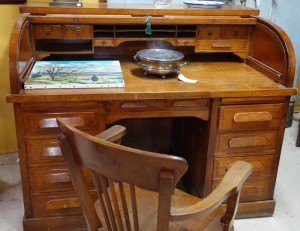
If you buy an expensive item, ask for an itemized invoice that describes the object in some detail. The invoice will come in handy should any further follow-up with the vendor be needed.
As you leave the stall—whether or not you’ve consummated a deal—say “Merci, au revoir.” For other French flea market vocabulary tips, check out The Antiques Diva’s advice.
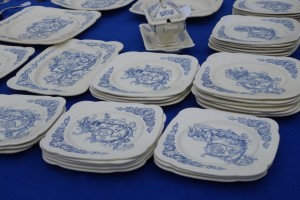
While I can’t guarantee that you’ll obtain what you want, these guidelines will help ensure a more pleasant outing. I’ve walked away empty-handed many time but, when all’s said and done, I still had a great time.

7 comments. Leave new
Thanks for the wonderful manual
My pleasure!
I’ve lived in L’Isle sur la Sorgue since 2001. My rules are to offer 50% of asking price and pay no more than 75%.
But saying that, the real value is what you are prepared to pay for it.
That method usually works.
I enjoyed this. I look forward to my next visit. Makes it exciting to think about, thanx
A good part of the pleasure of travel is the anticipation!
Glad to hear it!